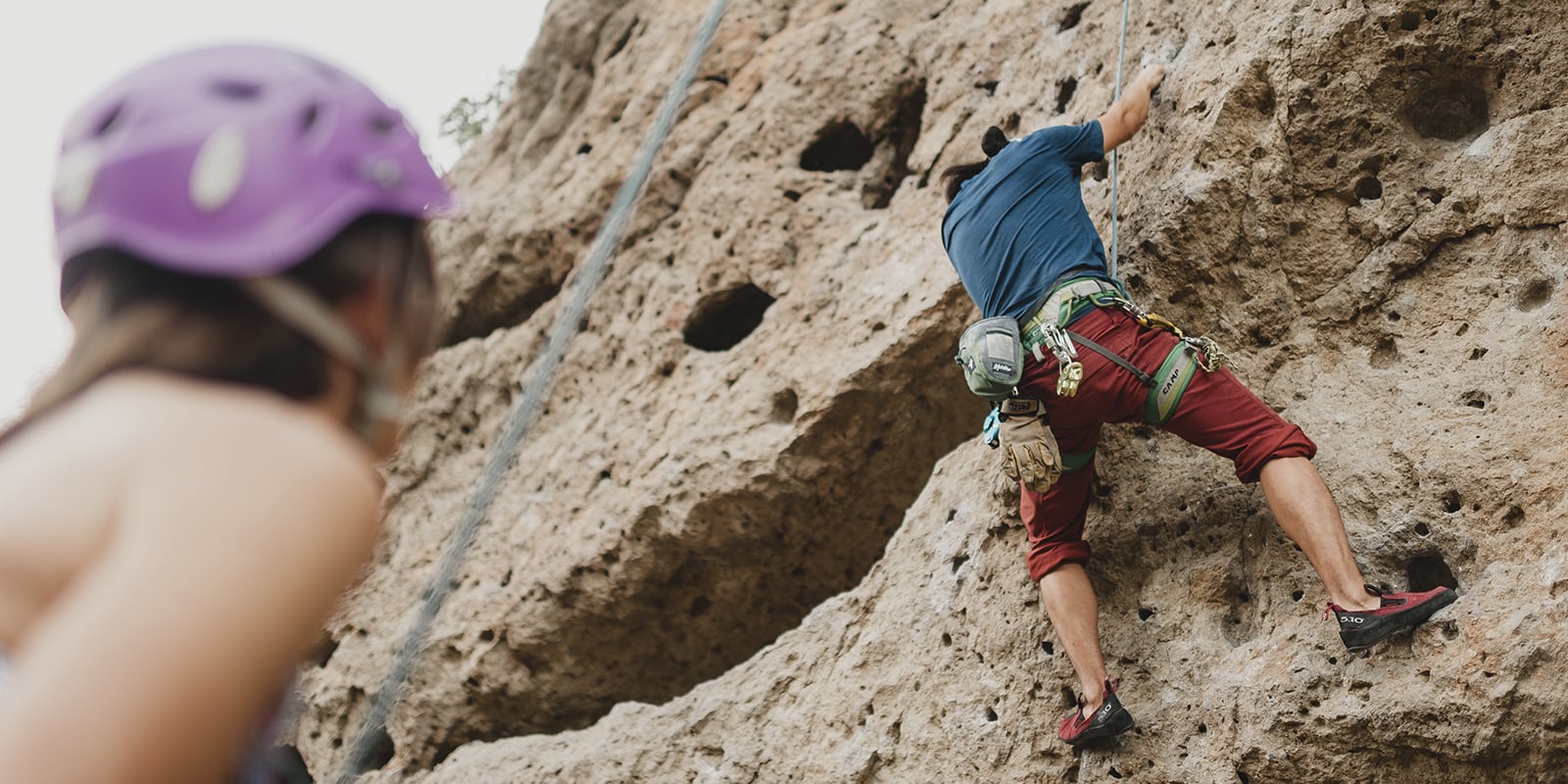Listed below are standard controls between climber and belayer, from the start to the end of a pitch. This case calls for a female belayer along with a man climber.
Climber: That is me! The belayer over is shooting in all of the slack rope before placing it in her belay device. The climber calls that when he’s tugged from the rope from above, suggesting that there’s no more rope to shoot in.
The belayer is anchored in and gets the rope setup through her belay device. She calls this control to allow the climber know she is prepared to belay.
The climber needs additional rope so as to make the first movement or maybe to complete taking apart his belay anchor.
Climber: upward rope! The climber no longer requires the slack from the rope. Asks belayer to bring it in. (This may be used at any location in the scale to sign to the belayer to take up slack.)
Climber: Growing! The climber indicates he is prepared to begin climbing.
or Climb! The belayer again indicates she’s prepared for the climber.
Climber: See me! The climber is making a movement where he might collapse. Asking the belayer to be prepared to grab him.
Just like above.
The climber is falling and also placing abrupt strain on the rope. Belayer should possess the rope secured off and be braced for almost any jolt.
Belayer: Halfway! The belayer allows the climber understand he has half of the rope’s length made to use.
Belayer: Feet-three-oh! Four-oh, etc. (30 or 40 feet of rope ) The belayer allows climber understand just how many feet of rope are all left for him to use.
Climber: Off belay! The climber is tied into the stone with a private anchor and no longer requires the belayer.
Belayer: Belay off! The belayer has taken the rope from the belay device and is no more viewing the climber.
Other scenarios:
Climber (rappeller): About rappel! Lets folks below know to escape the way of loose stone and also to be prepared to catch the end of the rope if required to halt the rappeller.
Rope! Anyone near the peak of a cliff calls this loudly after searching for a clear distance under to throw the rope to get a rappel or to ship the top rope down.
Rock! Everybody calls this loud and when stone is falling until everybody is out of their way.
Take! Employed in scaling gyms from the climber on peak of a course, it asks the belayer to take the climber’s weight onto the rope and then down him. Require isn’t utilized in conventional climbing because the climber isn’t reduced, but instead anticipated to anchor before being removed from the belay.
Occasionally you will also be out of hearing assortment of your climbing partner. Wind, rushing streams and other blockages in the region can create verbal communication difficult or sometimes impossible.
- Utilize names to prevent confusion if more than 1 staff is within earshot. By way of instance,”John, on belay!” Or”Anneup rope!”
- Agree on rope signs when voices can not be heard. Some climbing partners possess a method of tugs on the rope to indicate their intentions. These are sometimes difficult to sense on long avenues and are not always entirely reliable.
- Utilize 2-way radios for communication that is clear on long avenues or really windy conditions if you can not listen to each other. They may be especially helpful in emergency situations if a great deal of data has to be hauled back and forth.
- Above all, choose a system along with your climbing partner until you leave the floor!

